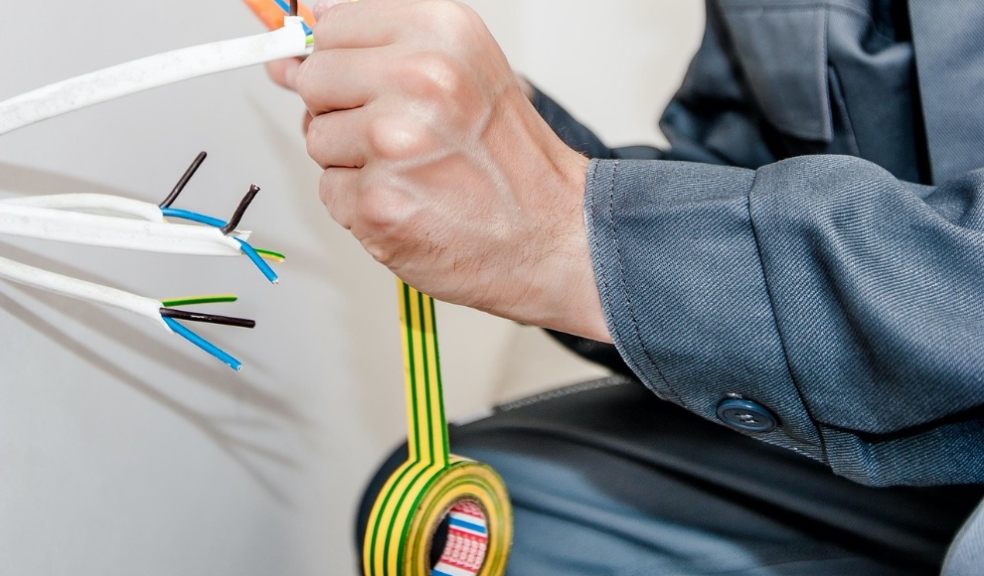
Why Trunking for Cables is Essential for Large-Scale Electrical Installations
In large-scale installations where electricity is extensively used, efficient cable management is paramount. Cable trunking is one of the most essential solutions that not only provides convenience but also makes your environment safe. In this post, the discussion will be limited to trunking, its importance, advantages, and applications in handling large electrical systems.
About Trunking Systems
Enclosed pathways are provided with trunking for cables to organise and protect your electrical cables. These pathways are commonly made of plastic or metal and serve as an organised route for cable distribution. Trunking is a more organised and tidy solution than typical wiring, as it contains multiple cables in a single enclosure.
Strengthening Security and Defence
This is still safety first at any installation related to electricity. It is an important aspect of the installation to protect against incidents like the cable being damaged with a physical blow or other installations that may damage it, moisture that reduces the work of the cable, and other environmental events that may affect the physical work of the cable. By having a protected route for cables, you lessen the exposure to extreme temperatures, increasing their longevity and decreasing the risk of accidents from exposed wires.
Trunking systems also contribute to fire safety. When there is an electrical fault, the design is enclosed, which means possible sparks or flames can be contained and won´t spread to another area. For larger setups with multiple cables, keeping everything contained is essential.
Streamline Repairs and Maintenance
Arguably, trunking's biggest benefit is its effect on maintenance. A well-organised cable pathway makes it easier to identify and access the specific cables needing repairs or upgrades. This gives technicians easy access to the part, which minimises downtime and ensures minimal disruption to operations.
Furthermore, trunking systems allow for the addition and detachment of cables without reaping the setup from the ground up. Such flexibility is essential in changing environments where electrical systems often need to be modified.
Aesthetics and Organisation
In addition to safety and maintenance purposes, trunking also provides aesthetic benefits. For a cleaner professional look in commercial and industrial applications, neatly bunched cables are preferred. Untidy cables can make your workspace messy, whereas trunking provides a more visually seamless appearance.
Also, properly organised trunking systems enable effective use of the workplace. Clearly defined pathways reduce the risk of accidental cable disconnection and maintain continuous operations. The clean look also helps quickly identify the cable paths, helping to identify points during inspection or modification in as little time as possible.
Assists with Complex Installations
Many electrical installations are large and have complex networks of cables covering large areas. Trunking systems solve these complexities by providing a scalable solution. Trunking can be adjusted to suit concrete layout openings, whether required over multi-story buildings or large industrial sites.
Because of its modularity, trunking can be tailored to suit the specific requirements of any given project, making it a very practical way for installers to configure their systems to suit a design. That kind of flexibility is great for projects where you have a unique spatial limitation or electrical requirement.
Economic and Environmental Factors
Trunking systems are integral to sustainable development goals. Many of the materials used for trunking are recyclable, which is consistent with the trend for increased environmental awareness. Another benefit is that trunking is durable, which means fewer replacements and long-term savings.
From an economic viewpoint, trunking is a budget-friendly method employed for efficient, cost-effective cable management. The cost of initial investments may appear to be high, but we need to realise that lower repairs and maintenance costs and improved safety benefit the economy in the long run. The aforementioned points make trunking a lucrative alternative for large-scale projects that are looking for efficiency as well as cost-effective solutions.
Conclusion
Thus, cable trunking is an indispensable element in large-scale electrical installations. Because of its basic capacity to improve safety, simplify support, and aid organisational advantages, it is widely adopted in almost every industry. Trunking systems play an important role in electrical infrastructure, providing businesses with reliable and efficient products that support operations while ensuring a safer, more organised workplace













